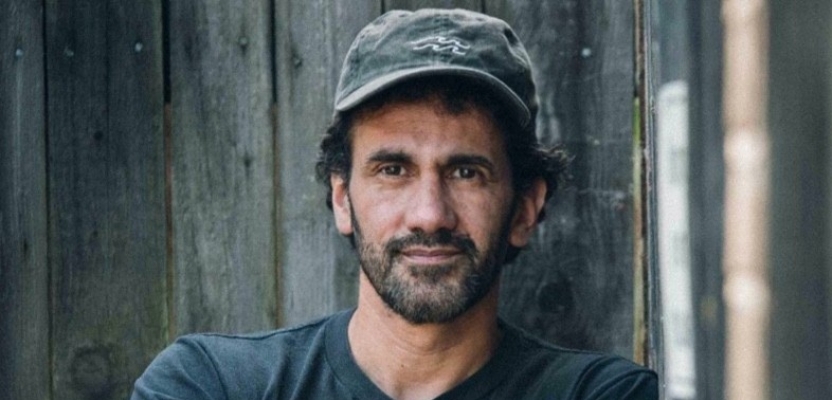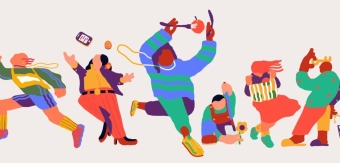How did you get into the industry?
My journey into this exciting industry began as a freelance Storyboard artist for an advertising agency. Armed with a degree in Advertising and Marketing, I was eager to make my mark. Back in 1996, online portfolios were a rare find.
To make my way in, I rolled up my sleeves, created a physical portfolio that combined my drawing and writing skills, and embarked on a mission. I scoured the yellow pages for advertising agencies and reached out to them one by one. I would call them, asking to speak with their creative directors. Surprisingly, many were willing to meet, even when they weren't actively scouting new talent.
Luckily, during this process, I crossed paths with an amazing creative director who called me back a year later. He invited me to bring my physical portfolio for a chat. In that meeting, we exchanged ideas, and he valued my input. A few days later, he extended an offer for me to join his team as a Copywriter, marking a fantastic start to my career.
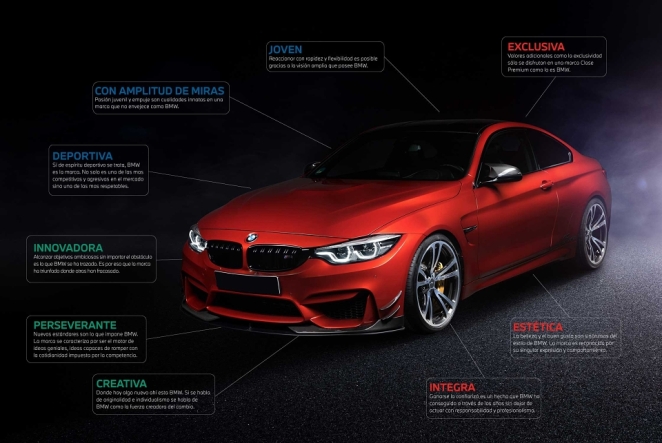
From there, I made a deliberate decision to work with a larger agency to gain more experience and learn from the best in the industry. In terms of software skills, I took it upon myself to learn them independently.
This self-directed learning was crucial to my development. Additionally, I pursued a postgraduate degree in visual design communication to deepen my understanding of Graphic Design. It's been quite a journey, but one I wouldn't change for anything.
Where are you based now and who do you work for?
I am currently based in Hungerford, UK, which allows for convenient commuting to London when necessary. At the moment, I am working with an architecture firm to develop their branding and create their inaugural website. This is a small yet dynamic studio that prioritises high-quality projects over standard, large-scale ones.
If you weren’t in your current industry, what would you be doing?
It's challenging to predict precisely, but if I weren't in my current industry, I might be pursuing innovation and inventing something new. I've always enjoyed solving physical problems and creating practical solutions, even if they don't appear aesthetically pleasing at first. Alternatively, I could be involved in social work as I have a passion for assisting people in need.
Can you explain your creative process? What makes it unique?
I begin my creative journey with a trusty pencil and paper, jotting down the core project concepts. As I go about my day, ideas keep brewing in my mind. When I return to my workspace, I delve into those initial notes, re-evaluate the client's requirements and explore online to see what their competitors are up to.
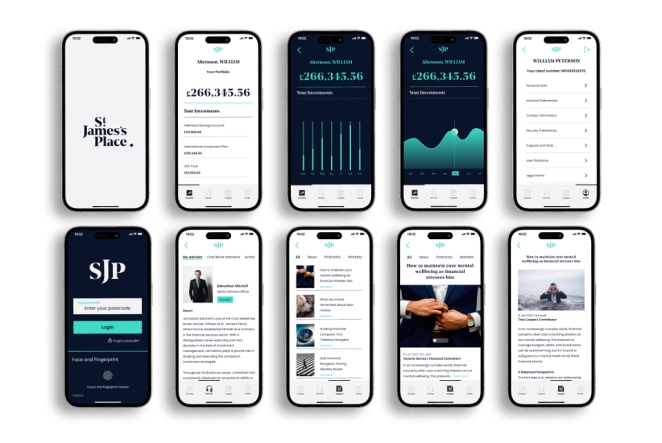
Now, the exciting part begins. I jump into the creative phase, where I blend my drawing and writing skills to craft ideas. What sets my approach apart is my old-school charm. I'm a fan of extensive writing and sketching before embracing the digital world. I also make time for breaks to reflect on my work, making adjustments or starting from scratch if needed.
But here's the icing on the cake. I'm a firm believer in the power of feedback. I actively seek the opinions of trusted individuals to ensure that the design communicates the intended message effectively. If they get the idea, it's a thumbs-up. If not, I'm all ears and ready to tweak things to make the design more impactful. These aspects are what make my creative process uniquely me.
How would you describe your style?
My style is about thoughtful reflection, sketching and simplification to capture a singular, powerful concept.
Which individuals do you gain inspiration from? Do you have any heroes in the industry?
I draw inspiration from notable figures in the industry, including David Carson, Alan Fletcher, Susan Kare, Massimo Vignelli, Milton Glaser, Armin Hofman, and Neville Brody in the realm of Graphic Design.
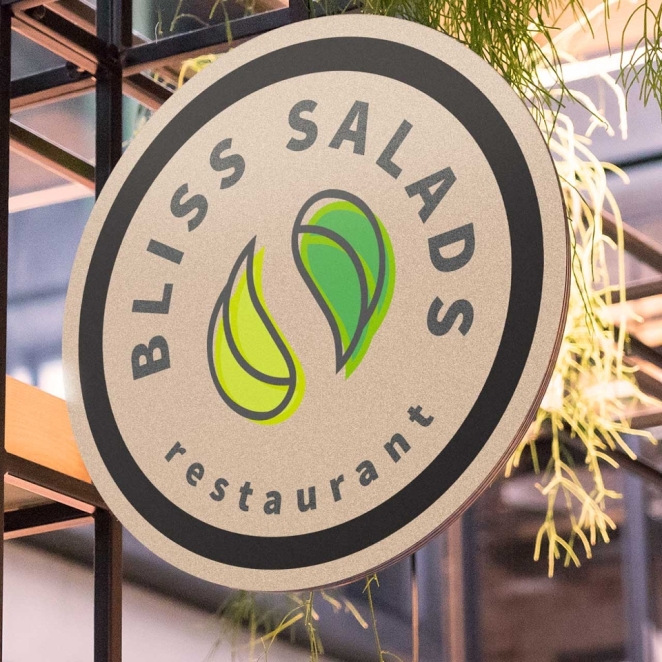
My enduring hero in the field of advertising and copywriting is David Ogilvy.
What tips would you give to aspiring creatives looking for work?
1. Learn Design Hands-On: Replicate the work of great designers to grasp design principles such as spacing, structure, typography, size, negative space, and contrast. You won't truly understand it until you put it into practice.
2. Build a Strong Portfolio: If an idea doesn't convince you, remove it, as it won't convince others.
3. Network Actively: Connect with industry professionals on platforms like Creativepool and LinkedIn.
4. Stay Current: Keep up with industry trends by reading articles and watching videos that you believe will help you learn and continually enhance your skills.
5. Show Enthusiasm: Let your passion and strong work ethic shine through.
6. Stay Adaptable: Be open to diverse projects and creative explorations.
7. Embrace Feedback: Use constructive criticism to enhance your work.
8. Consider Internships: Gain real-world experience and valuable connections through internships.
9. Maintain Persistence: Success may require unwavering determination in the competitive creative industry.
What tips would you give to other professionals to get more clients?
1. Show What You're Good At: Display your skills on your website and in your marketing materials.
2. Make an Easy-to-Navigate Website: Create a professional website and keep your Creativepool and LinkedIn profiles updated.
3. Share What Clients Say: Let happy clients tell their stories through testimonials and case studies.
4. Meet People: Go to events and join groups in your industry to make new connections.
5. Share Helpful Stuff: Write interesting articles, make fun videos to show what you know.
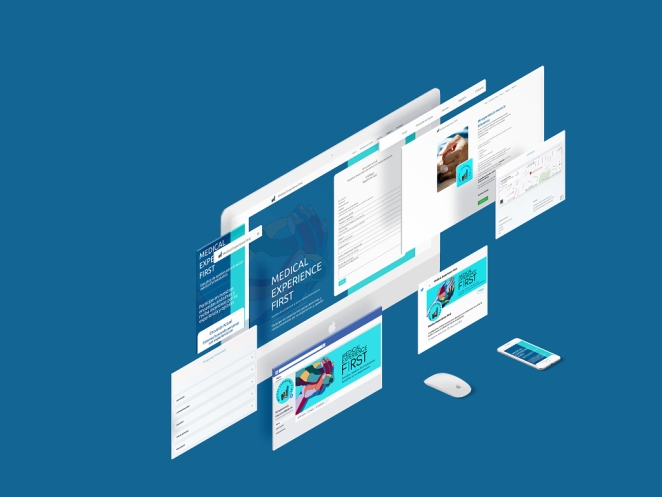
6. Work Together: Partner with other pros or companies to reach more people.
7. Use Social Media: Connect with potential clients on social platforms and post your work.
8. Reward Referrals: Make happy clients even happier by encouraging them to recommend you to others.
9. Keep Learning: Stay up to date with what's new in design and advertising to stay sharp.
10. Be Great at What You Do: Providing awesome service makes clients happy, and happy clients come back.
11. Charge the Right Price: Find a price that's fair – not too low to make you uncomfortable or too high to scare clients away.
What kind of tools/kit/software could you not do without?
1. Pen and Paper
2. Illustrator
3. InDesign
4. Photoshop
5. Figma
6. After Effects
7. Premiere
8. Basic coding for website adjustments
9. A fast computer
These tools, software, and additional knowledge are indispensable for my work in graphic design and advertising.
What’s your secret to staying inspired and motivated?
Stay Curious: Keep learning and exploring new things.
What’s the work achievement you’re most proud of?
The work accomplishment I hold dearest is the set of posters I designed for The London Metropolitan Police. Even though they may not represent my finest design work, I offered them as a voluntary contribution.
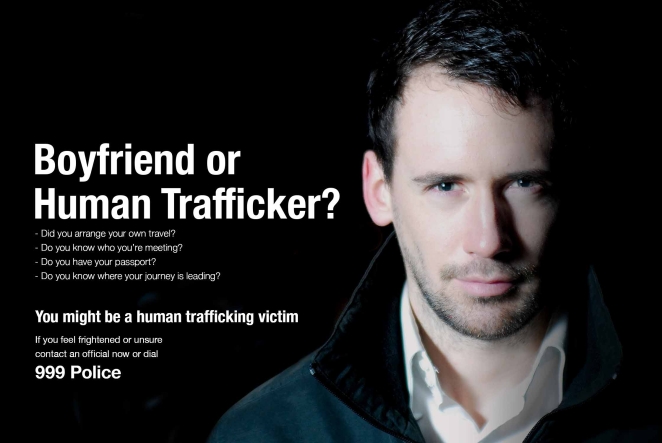
These posters made a significant difference by raising awareness and preventing women from becoming victims of human trafficking upon their arrival in the UK. The impact they had on lives fills me with immense pride.
What is the one thing that you would change about the industry?
If there's one thing I could change about the industry, it would be addressing the trend of people entering it because they think it's trendy or easy, simply by learning software and copying the work of others.
This is misleading and provides an easy path for many influencers to give inaccurate advice, often pretending to be experts when they have little or no real experience in the industry.
Any websites, books or resources you would recommend?
Certainly, here are some resources I'd recommend:
Websites:
1. Behance: A platform to showcase your portfolio and discover other creatives' work.
2. Creativepool: A network for creative professionals to connect and find job opportunities.
3. Smashing Magazine: Offers articles, books, and events on web design and development.
4. Awwwards: Recognises outstanding web design with a site of the day and year awards.
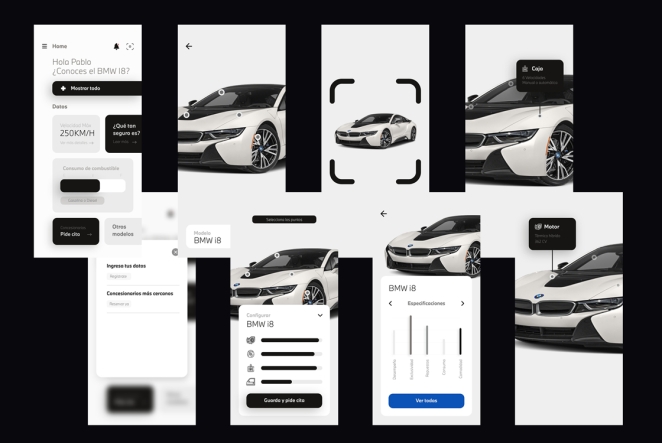
Books:
1. "Don't Make Me Think" by Steve Krug: A usability guide for web design.
2. "The Elements of Typographic Style" by Robert Bringhurst: A classic book on typography.
3. "Thinking with Type" by Ellen Lupton: Explores typography in design.
4. "The Design of Everyday Things" by Don Norman: Discusses design principles in everyday objects.
5. "Creative Confidence" by Tom Kelley and David Kelley: Encourages creativity and innovation.
These resources can be valuable for graphic designers and those in the advertising industry.
